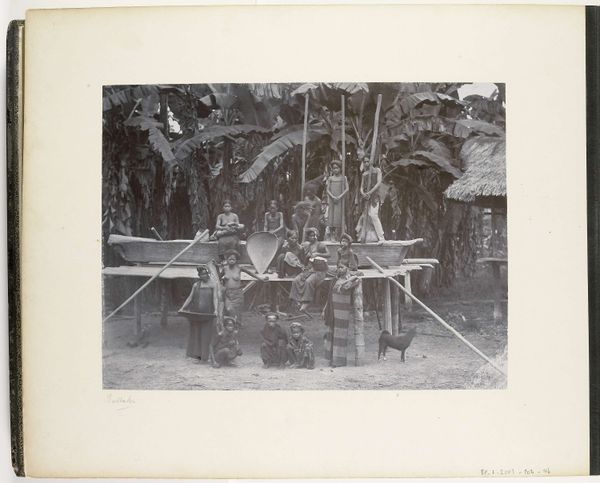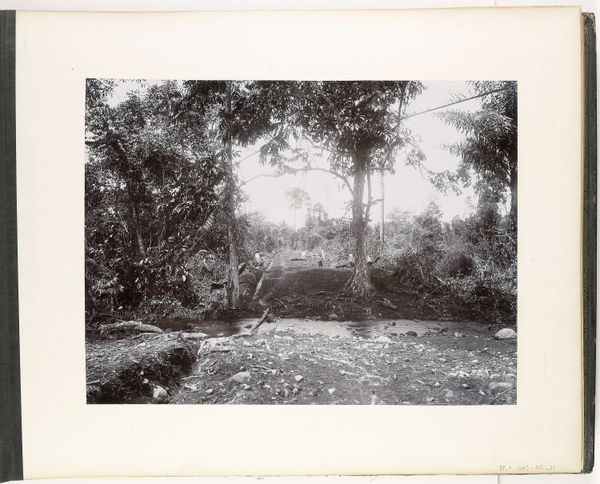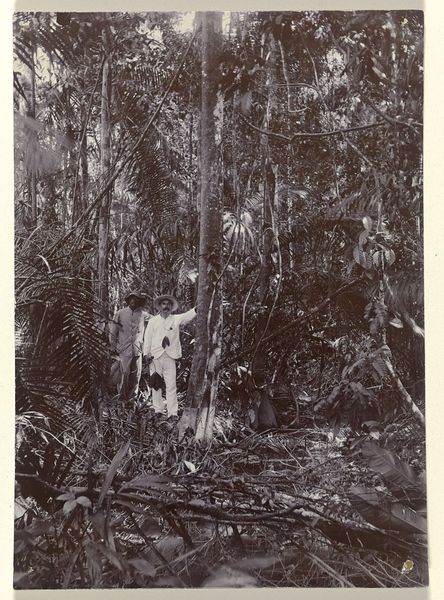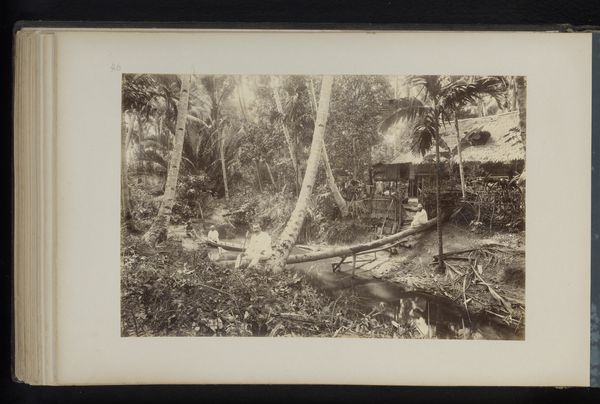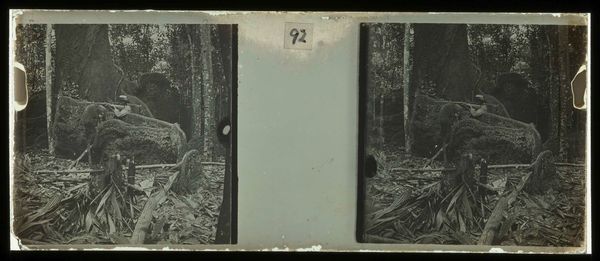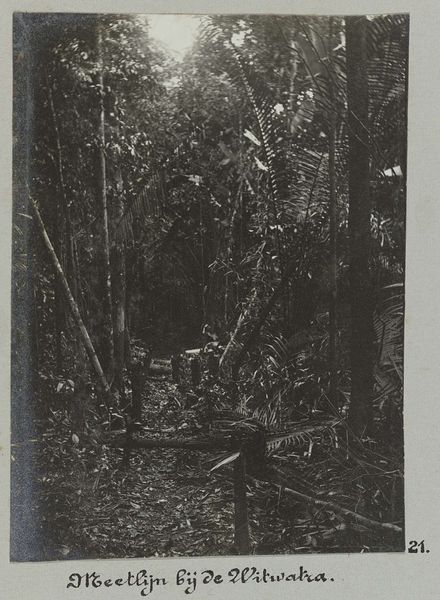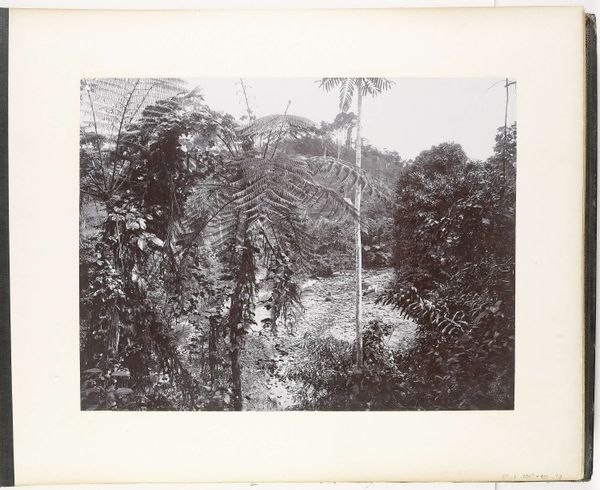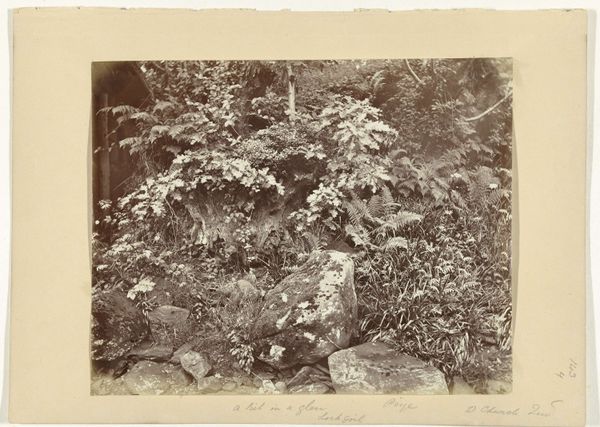
Tijger met poot in metalen klem, Sumatra (Tiger in der Falle) c. 1885 - 1900
0:00
0:00
print, photography, gelatin-silver-print
#
still-life-photography
#
toned paper
#
ink paper printed
# print
#
landscape
#
photography
#
orientalism
#
gelatin-silver-print
#
watercolor
#
realism
Dimensions: height 270 mm, width 347 mm
Copyright: Rijks Museum: Open Domain
Editor: This gelatin silver print, taken around 1885-1900 by Carl J. Kleingrothe, is called "Tiger in der Falle," or "Tiger with paw in metal clamp, Sumatra." It feels staged somehow, unsettling, yet it's undeniably captivating. What are your thoughts on it? Curator: The staging you mention is crucial. This photograph, seemingly a straightforward depiction of nature, is heavily mediated. We have to ask ourselves, what purpose did such imagery serve during the late 19th century? Editor: I suppose to showcase the exotic East for Western audiences? Curator: Precisely. This image operates within a discourse of orientalism and colonialism. The tiger, a symbol of untamed wilderness, is literally trapped. Who set this trap? Consider the power dynamics at play – the presumed Western viewer, the photographer, and the representation of a subjugated animal in a colonized land. Editor: So, it’s not just a photograph of a tiger; it’s a statement about control. The very act of photographing it, especially in this situation, asserts a certain dominance. Curator: Exactly. And think about how images like these might have shaped public perception, fueling a narrative of Western superiority and the need to ‘civilize’ the East. Is this 'realism' just a facade for ideology? Editor: That’s a chilling thought. I initially just saw an interesting composition, but now I recognize the broader social implications embedded within the image. I hadn't considered how much photography itself was used as a tool in these power structures. Curator: Indeed. Recognizing these layers is essential to understanding the artwork's place within history and its lasting impact on cultural perceptions. Hopefully, this helps viewers adopt a more critical lens toward historical photographs.
Comments
No comments
Be the first to comment and join the conversation on the ultimate creative platform.

